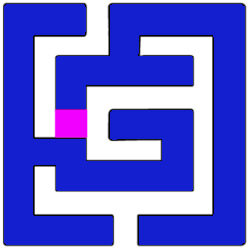Accelerating Scientific Workflows with LLM Agents
35 Prompts to Guide the Process (DMTA)
Large Language Model (LLM) agents are transforming the way we approach the Design, Make, Test, and Scale (DMTS) steps in chemistry research. These AI-driven collaborators can extract insights from literature, model reaction conditions, and analyze data with unprecedented speed.


Technical Overview
Multi-Agent Architecture: PARAMUS employs a Router/Multi-Agent architecture using LangGraph, where most agents follow the ReAct paradigm.
Flexible LLM Runtime Selection: Each agent requires its own LLM subscription, allowing cost-effective and optimized resource allocation across OpenAI, Google Vertex AI, XAI, and Anthropic.
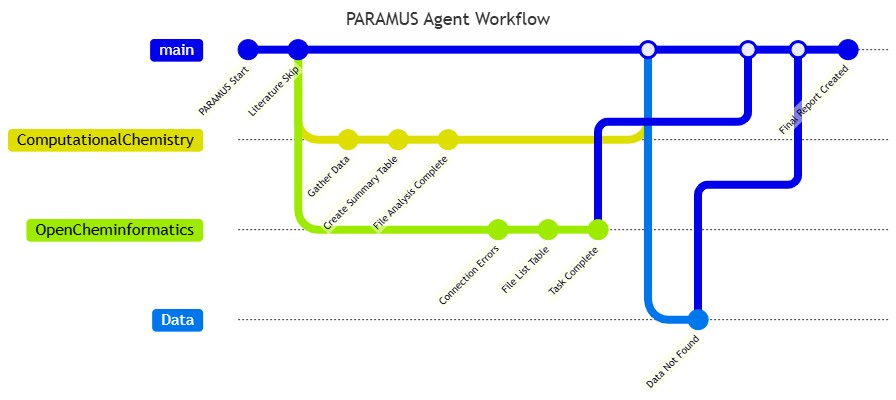
Domain-Specific Optimization: Unlike general AI models, PARAMUS is tailored for chemistry, with custom prompts and agent orchestration for specialized workflows.
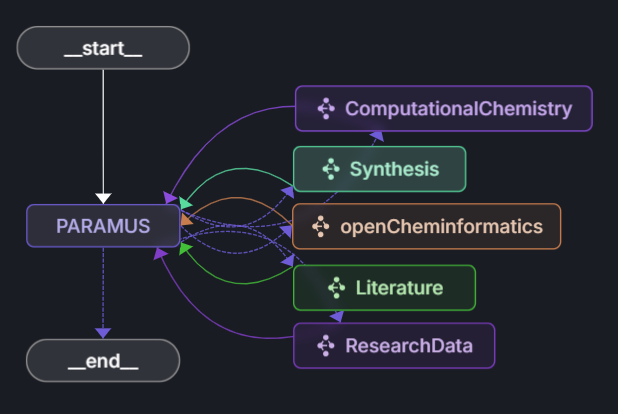
Secure & Independent Deployment: PARAMUS is designed for local or cloud installation as a standalone Windows executable, ensuring user-specific, non-shared environments for security.
Generate Training Data
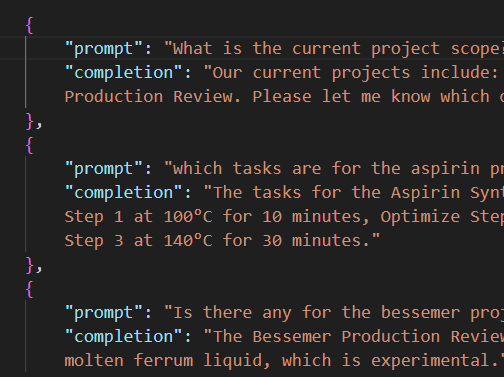

Transfer your knowledge into your LLM
In the Paramus system, creating training data for LLMs involves a structured process that leverages historical chat interactions. This process begins by collecting chat histories, which are sequences of conversations between users and the system.
Generate Content Knowledge Graph
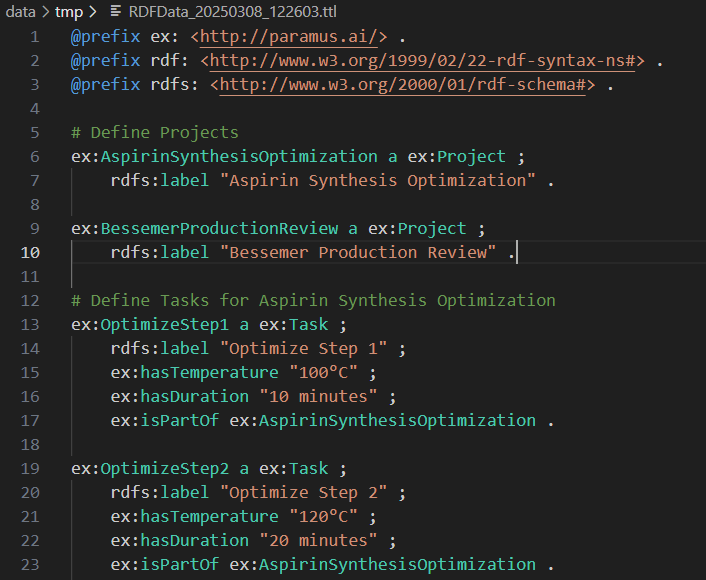
By leveraging knowledge graphs, AI can identify relationships, infer context, and enhance their ability to generate accurate and meaningful responses.
In chemistry, this ensures that LLMs can better interpret complex queries by linking concepts through symbolic representations.
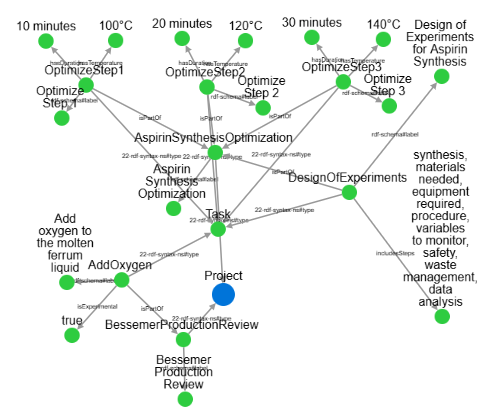
Transfer your knowledge into your enterprise ontology
This begins with collecting historical chat interactions, which serve as nodes and edges within the graph structure. These chat logs provide real-world examples of user interactions, capturing semantic relationships, ontologies, and domain-specific knowledge.
Thoughts and Conclusions
What does it mean: „can make conclusions“? PARAMUS has the ability to analyze information and derive logical inferences or judgments. It implies processing data, recognizing patterns, and determining a logical outcome.
What are ‚thoughts‘ ? In AI, “thoughts” refer to structured reasoning steps in decision-making, such as in chain-of-thought prompting.

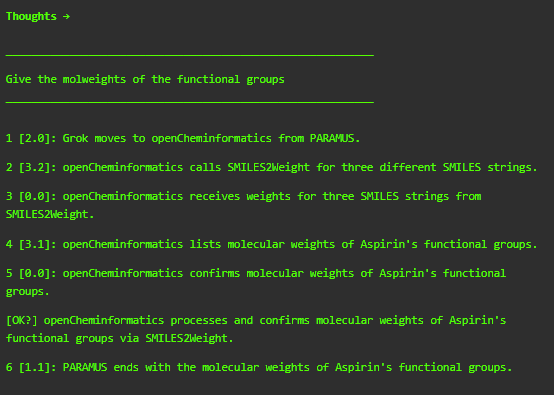
Visualization and Rendering
In cheminformatics and scientific computing, raw data alone is often insufficient for meaningful interpretation. Visualizations bridge this gap, providing immediate insights into molecular structures, reaction mechanisms, spectral data, and analytical trends.
PARAMUS integrates an advanced visualization engine that surpasses traditional agents, delivering high-resolution, publication-ready images that enhance scientific workflows.
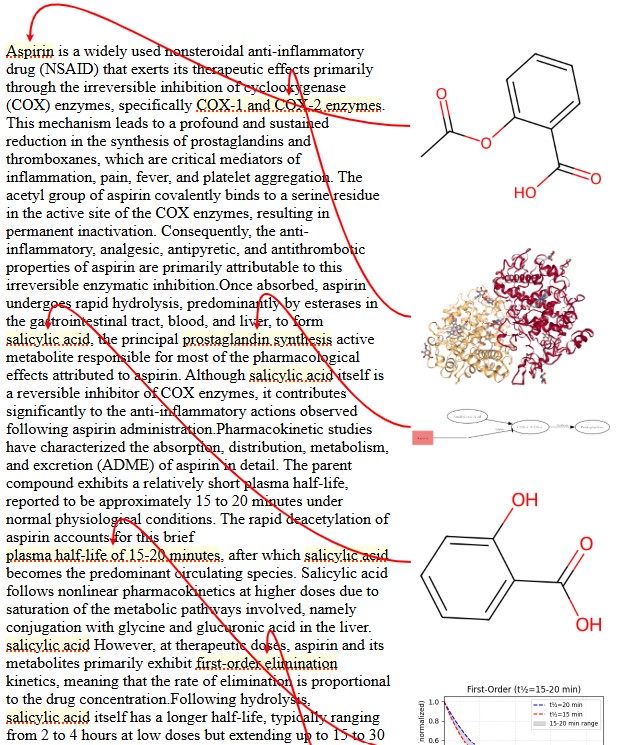
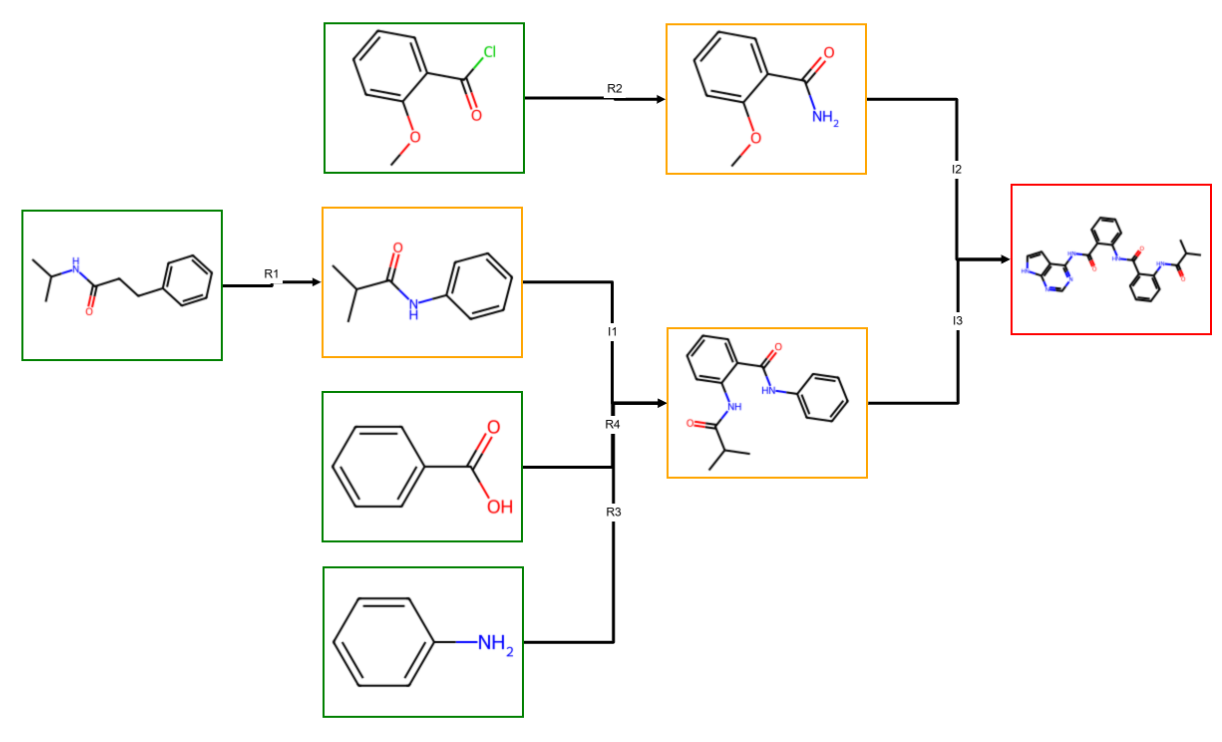
Internal Knowledge Graph
PARAMUS AI Agent Architecture operates on a composite memory model that integrates an internal knowledge graph.
This structured graph maps agents, tools, and design functions, enabling context-aware task routing and minimizing execution errors. The result is improved answer quality, robust system behavior, and precise tool delegation across the agent network.

The PARAMUS internal knowledge graph is handcrafted, grounded in many years of experience in the chemical industry and research. It comprises several hundred axioms and serves as the foundation upon which the system achieves its performance and precision.
